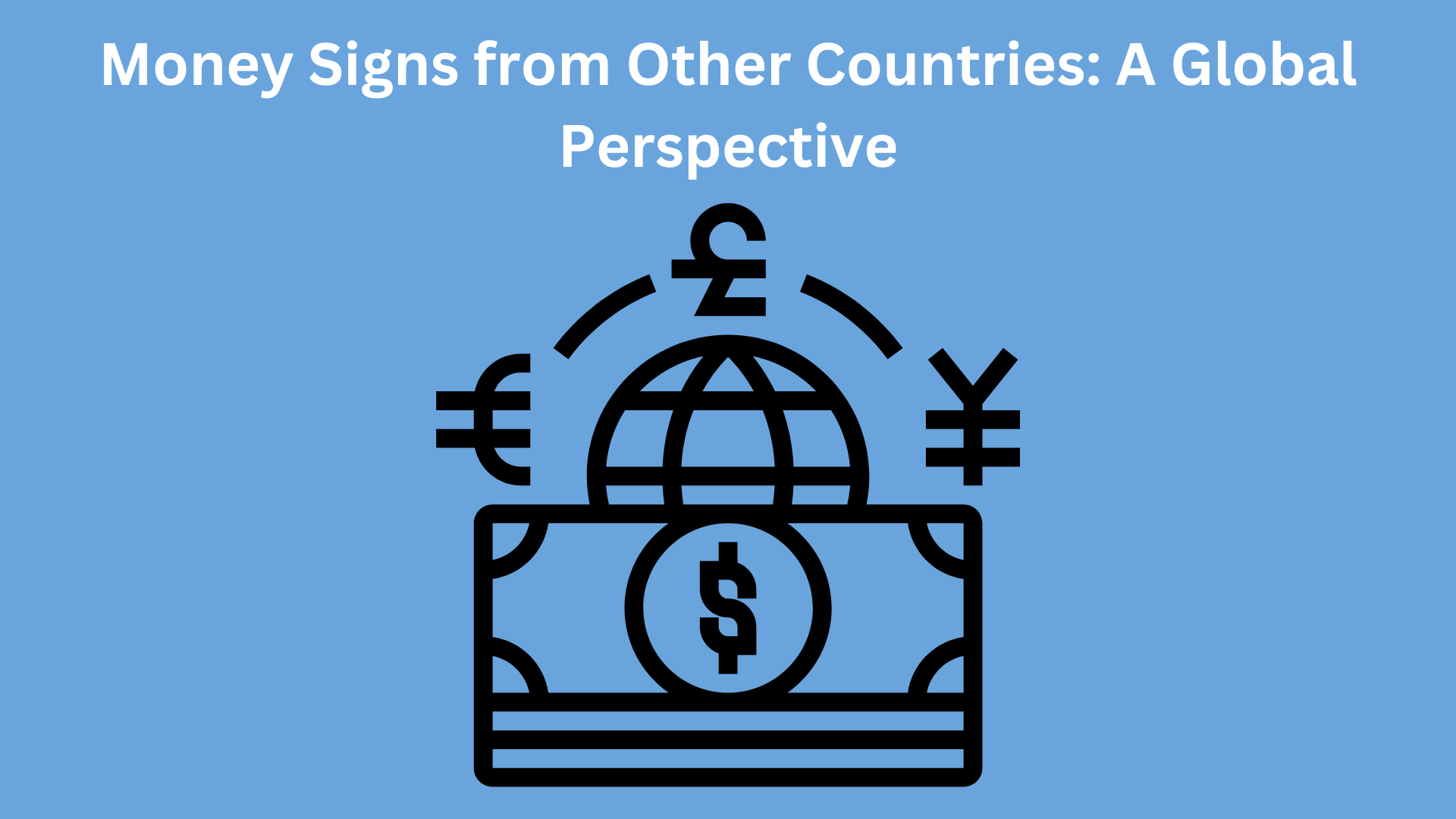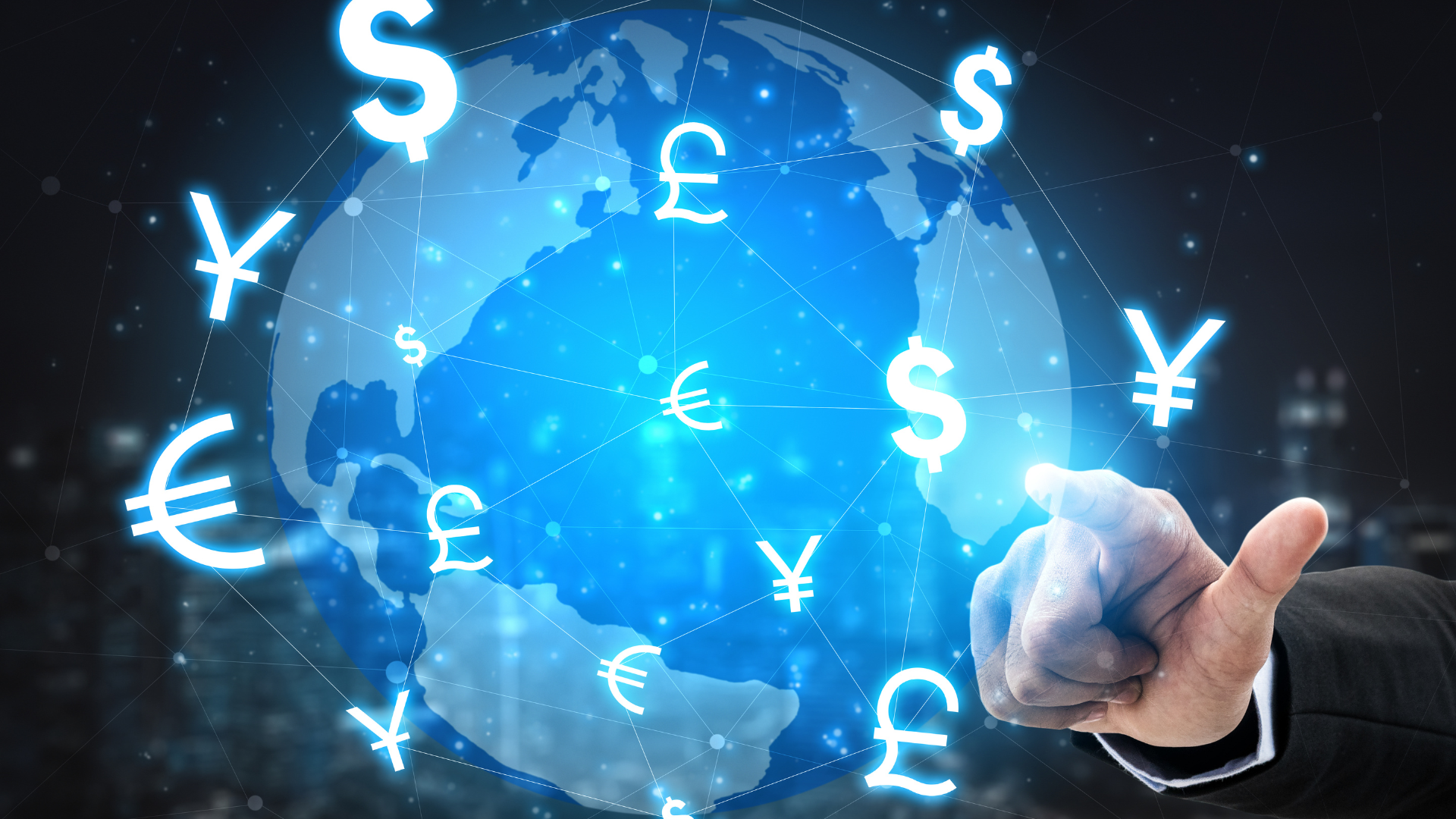Money Signs from Other Countries: A Global Perspective
In the world of international finance, understanding the symbols of money from different countries is crucial for businesses and developers alike. These symbols not only represent currency but also embody the economic and cultural values of nations. Let's delve into some of the fascinating money signs from around the world and their significance in the global economy.

Money Signs in Different Countries
1. Dollar Sign ($)
The dollar sign ($) is perhaps one of the most widely recognized money symbols. It is used by several countries, including the United States, Canada, Australia, and many others. The origin of the dollar sign is believed to be derived from the Spanish peso, which was used in the American colonies.
2. Euro Sign (€)
The euro sign (€) represents the currency of the European Union, used by 19 of its 27 member states. It was introduced in 1999 as a symbol of unity and integration among European nations.
3. Pound Sterling Sign (£)
The pound sterling sign (£) represents the currency of the United Kingdom. It has a rich history dating back to the Roman era when the pound weight was used as a unit of currency.
4. Japanese Yen Sign (¥)
The Japanese yen sign (¥) is used to represent the currency of Japan. Its design is based on the kanji character for "round" or "circle," reflecting the circular shapes found on coins.
5. Indian Rupee Sign (₹)
The Indian rupee sign (₹) was adopted in 2010 to represent the currency of India. Its design is a blend of the Devanagari letter "र" (ra) and the Roman capital letter "R."
Significance in Global Business
Understanding these symbols is crucial for international trade and finance. For businesses, these symbols represent opportunities for growth and expansion into new markets. Developers, on the other hand, need to consider these symbols when designing financial applications and websites that cater to a global audience.

Conclusion
Money signs from different countries are not just symbols of currency; they represent the economic and cultural identities of nations. Understanding these symbols is essential for businesses and developers operating in the global marketplace.
FAQs
Q: How many countries use the dollar sign?
A: The dollar sign ($) is used by several countries, including the United States, Canada, Australia, and many others.
Q: What does the euro sign (€) represent?
A: The euro sign (€) represents the currency of the European Union, used by 19 of its 27 member states.
Q: When was the Indian rupee sign (₹) adopted?
A: The Indian rupee sign (₹) was adopted in 2010 to represent the currency of India.
Q: Why is the Japanese yen sign (¥) designed with circular shapes?
A: The design of the Japanese yen sign (¥) is based on the kanji character for "round" or "circle," reflecting the circular shapes found on coins.